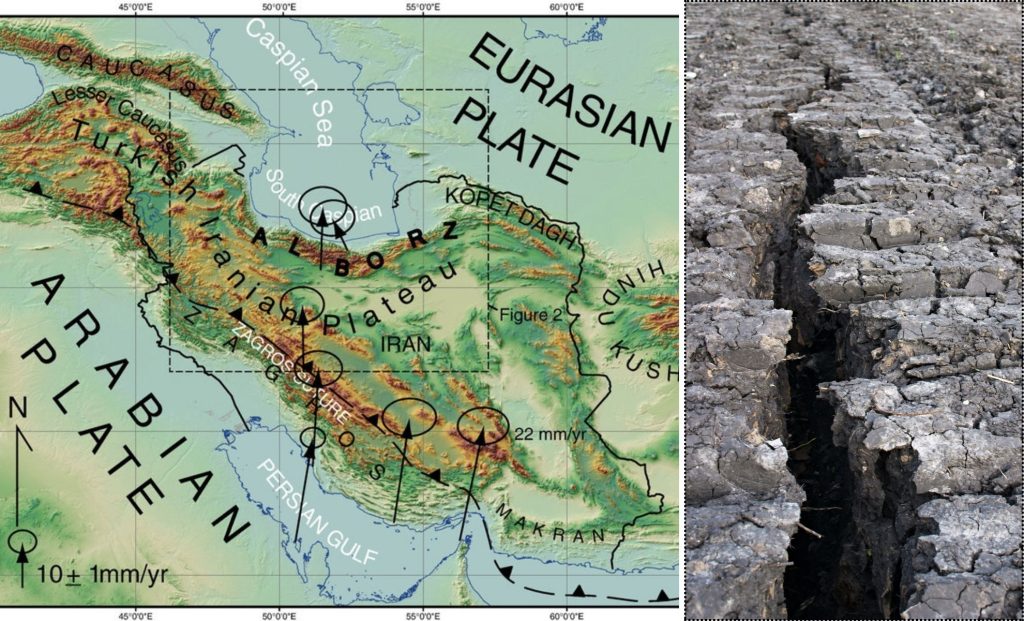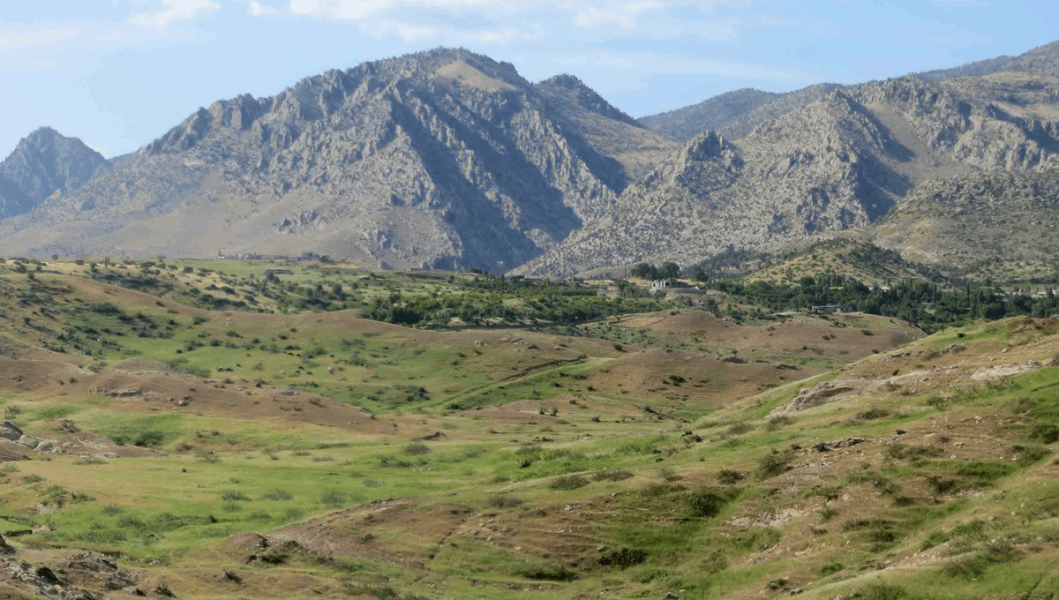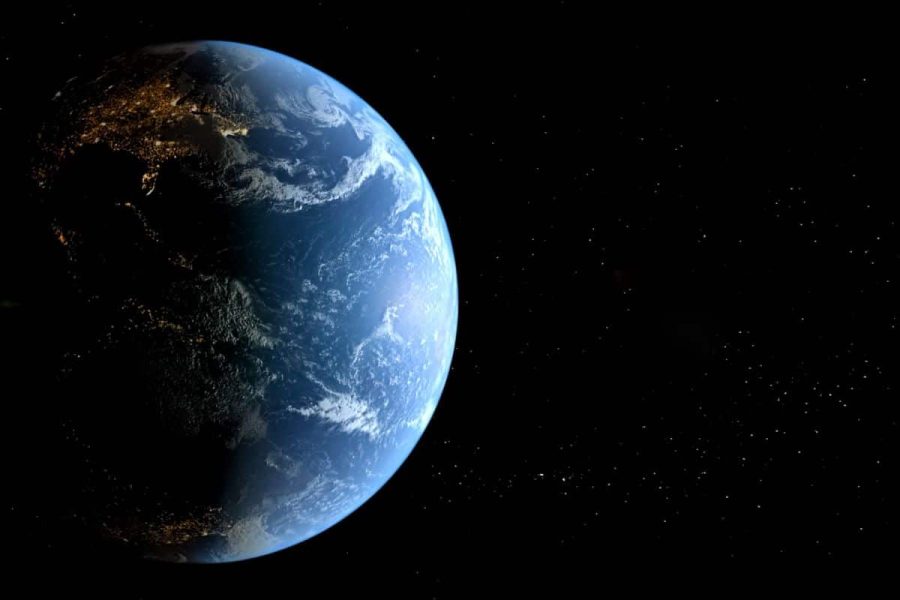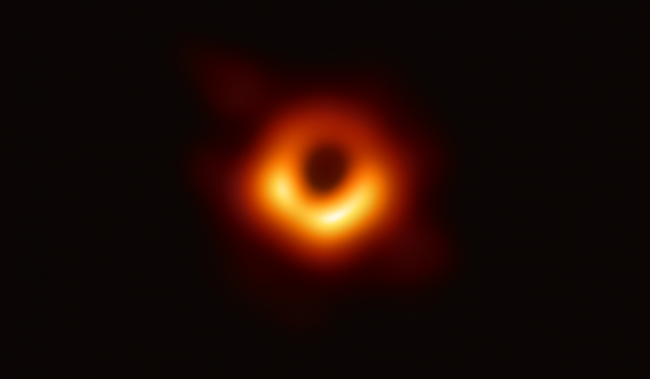Scientists Warn: Ancient Oceanic Plate Is Breaking Apart Beneath Eurasia and Arabia – The Daily Galaxy –Great Discoveries Channel

A hidden tectonic battle is unfolding beneath the Middle East, as the Neotethys oceanic plate is tearing apart between the Arabian and Eurasian continental plates. Scientists have discovered that deep within the Earth, this ancient ocean floor is breaking away, reshaping landscapes and possibly influencing earthquake activity in the region. Deep beneath the Earth’s surface, a monumental geological event is unfolding. Scientists from the University of Göttingen have discovered that the Neotethys oceanic plate, once the ocean floor between the Arabian and Eurasian continents, is breaking apart horizontally. This massive shift is occurring under the Zagros Mountains, a vast mountain range stretching across southeast Turkey, northwest Iran, and the Kurdistan region of Iraq.For millions of years, the Arabian and Eurasian plates have been colliding, forcing the oceanic plate downward into the Earth’s mantle. As the two landmasses push together, the sinking plate acts like an anchor, pulling down the Earth’s crust and creating a massive depression that has gradually filled with millions of years’ worth of sediment. But new research reveals that the process is not uniform—instead, parts of the sinking oceanic plate are breaking away, changing the way the region is evolving.This breakage has significant implications for earthquakes, natural resources, and the long-term geological stability of the region. It also provides a rare glimpse into the hidden forces shaping our planet’s surface, revealing how deep tectonic movements can influence mountains, basins, and seismic activity at the surface.The collision between the Arabian and Eurasian plates has been ongoing for tens of millions of years, causing the uplift of the Zagros Mountains and forming the Mesopotamian plains through the accumulation of eroded sediments. The weight of these mountains has long been thought to be the primary cause of the region’s deep depressions. However, new geodynamic models indicate that another factor is at play—the pull of the sinking Neotethys plate beneath the surface.According to Dr. Renas Koshnaw, the study’s lead author, the amount of sediment found in parts of the Zagros region is far greater than what the weight of the mountains alone could explain. This suggests that the sinking oceanic plate is actively pulling the region downward from below, creating space for even more sediment accumulation.“Given the moderate topography in the northwestern Zagros area, it was surprising to find out that so much sediment has accumulated in the part of the area we studied. This means the depression of the land is greater than could be caused by the load of the Zagros Mountains,” said Koshnaw.By modeling the downward bending of the Earth’s surface, researchers were able to reconstruct how the geological forces at play have shaped the region over millions of years. They found that the oceanic plate is breaking horizontally, with a tear that stretches from southeast Turkey to northwest Iran.Koshnaw explains that this breakage is uneven, with some segments of the plate still pulling the land downward, while others have already detached, releasing that downward force.“This plate is pulling the region downward from below, making space for more sediment accumulation. Towards Turkey, the sediment-filled depression becomes much shallower, suggesting that the slab has broken off in this area, relieving the downward pull force,” he said.This discovery provides a new perspective on how tectonic forces shape landscapes. While the surface may appear static and unchanging, deep underground, plates are shifting, breaking, and reshaping the land in ways we are only beginning to understand.The breakage of an oceanic plate beneath a collision zone is not just a fascinating geological event—it has real-world consequences for earthquake activity, resource exploration, and regional stability.“This research contributes to understanding how the Earth’s rigid outer shell functions,” said Koshnaw. By improving our knowledge of subduction and plate breakage, scientists can better predict geological changes and their impact on human populations.This study is just the beginning of a larger effort to understand how Earth’s tectonic forces are reshaping landscapes. With advances in seismic imaging, satellite monitoring, and geodynamic modeling, researchers will continue to map the evolution of Earth’s plates in greater detail.As more subducting plates tear apart, scientists hope to uncover whether these breakages are predictable patterns or random events. The findings from the Neotethys plate may help geologists anticipate future shifts in other tectonic collision zones worldwide.This discovery reminds us that our planet is not static—it is constantly changing beneath our feet, with forces that have shaped mountains, oceans, and continents for millions of years. And with every new breakthrough, we get closer to unlocking the secrets of Earth’s deep interior.Got a reaction? Share your thoughts in the commentsEnjoyed this article? Subscribe to our free newsletter for engaging stories, exclusive content, and the latest news.Comment Save my name, email, and website in this browser for the next time I comment.
© 2024 | Daily Galaxy | All rights reserved
Source: https://dailygalaxy.com/2025/01/oceanic-plate-breaking-eurasia-arabia/






